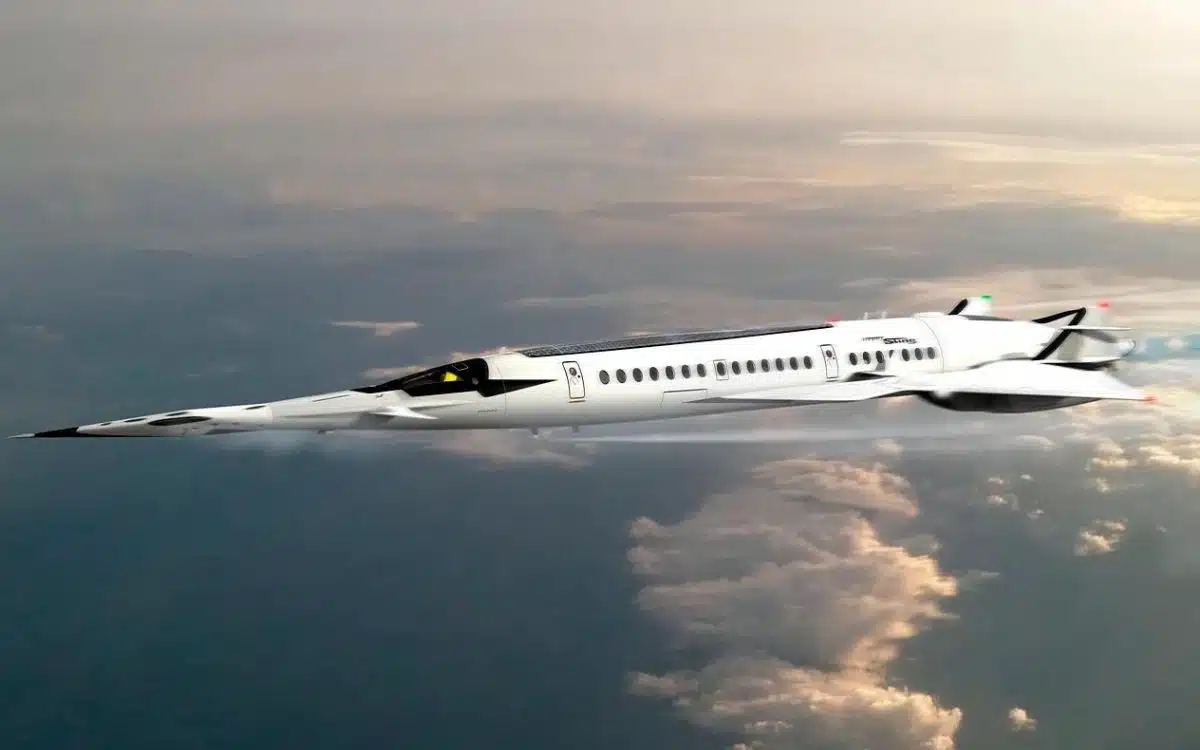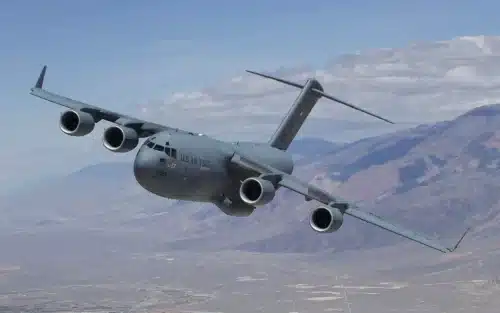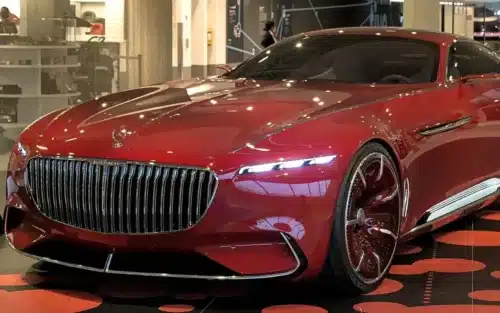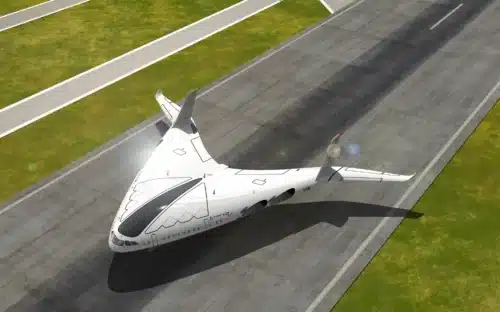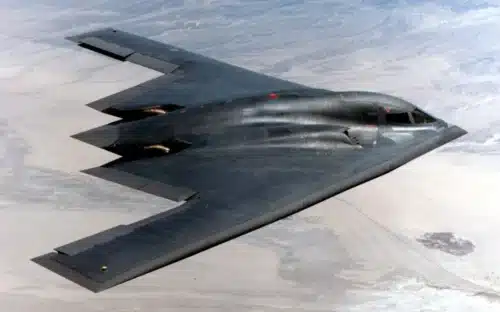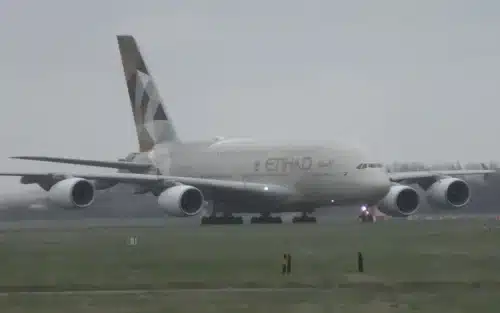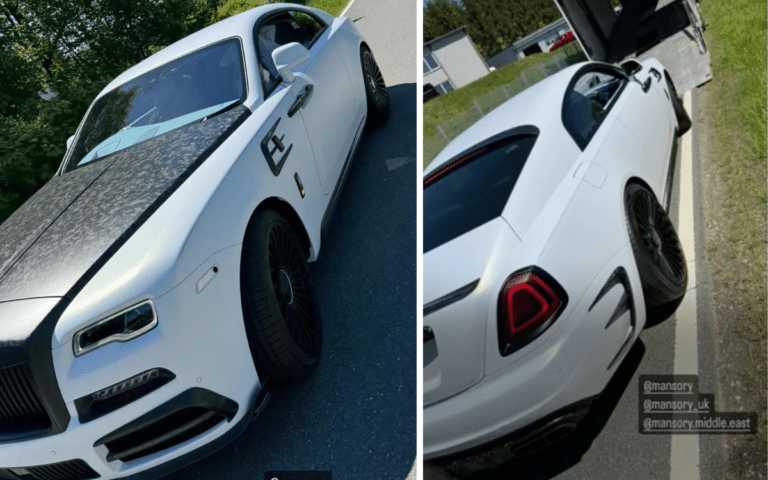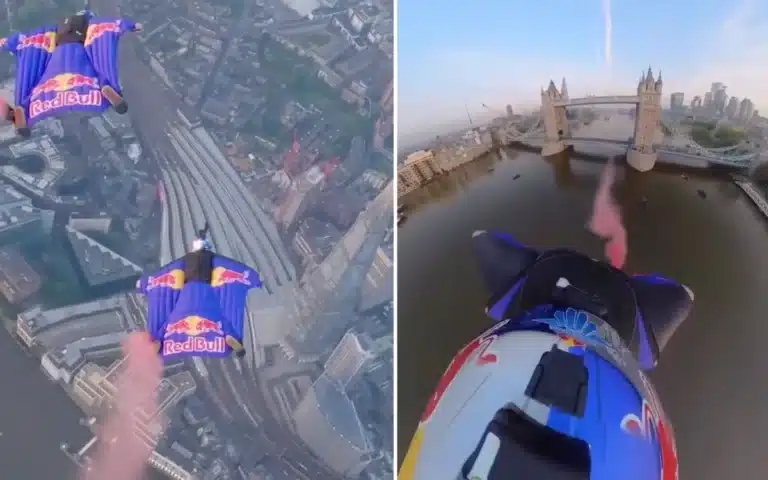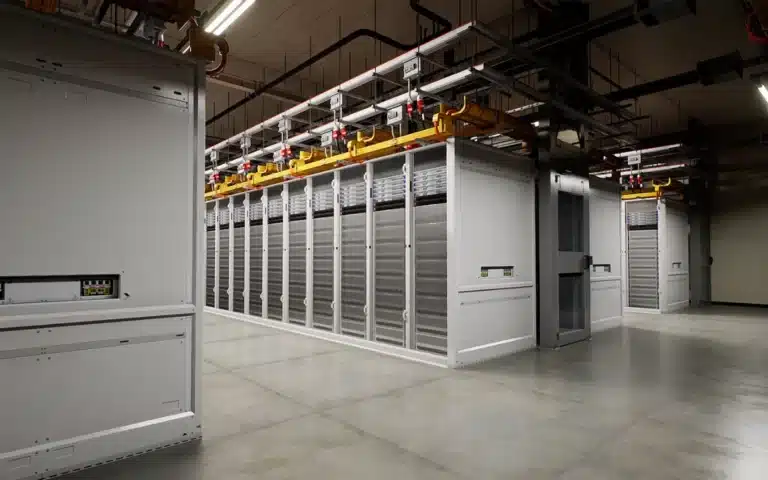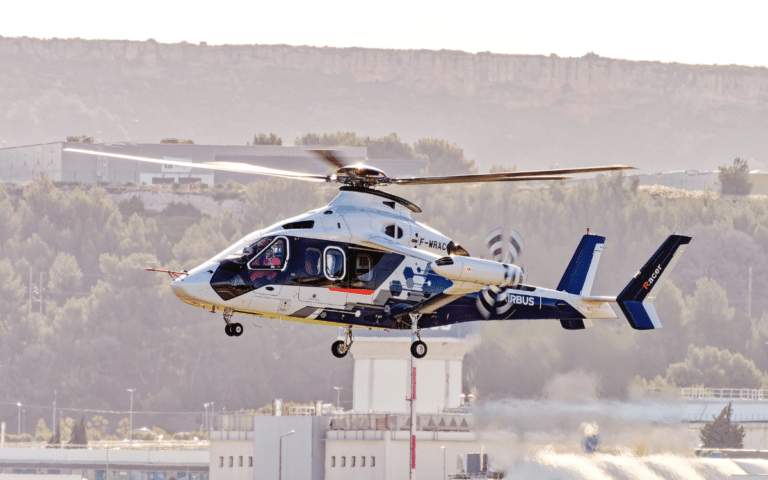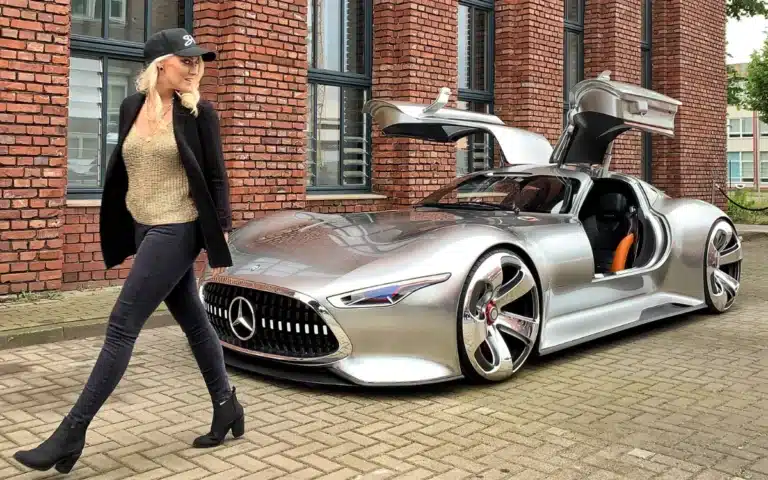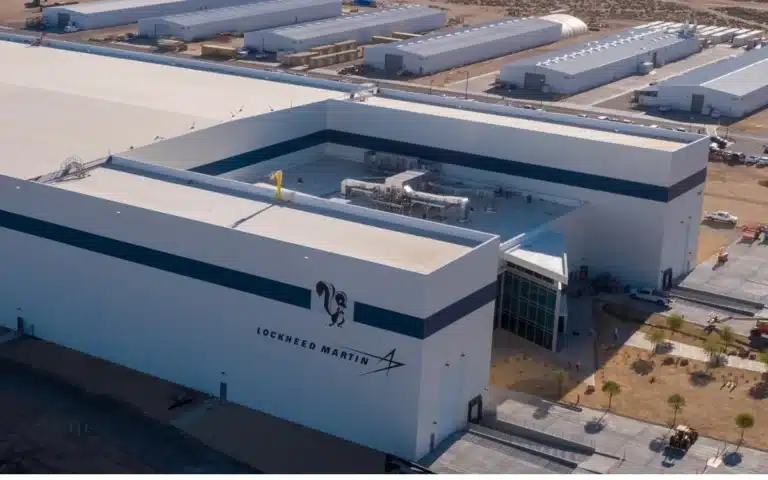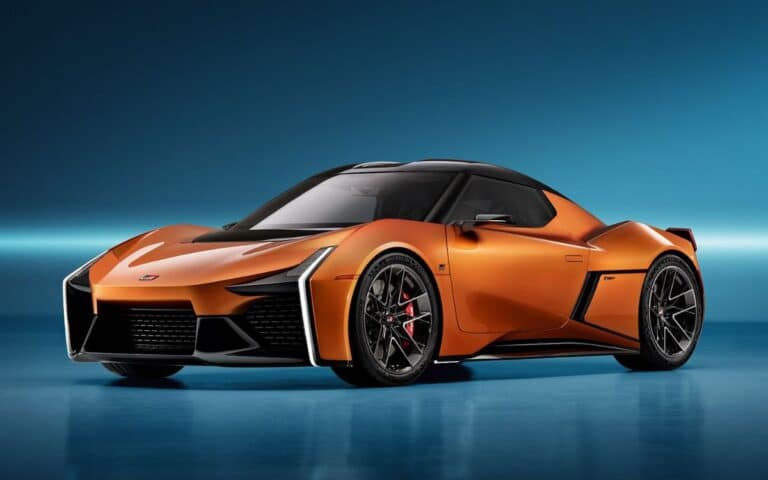This concept for a supersonic nuclear-powered plane would be able to fly from London to New York in just 80 minutes.
Let’s put that into perspective.
The vision of Barcelona-based designer, Oscar Viñals, The Hyper Sting would travel at a speed of 4,287 km/h (2,664 mph).
CHECK OUT THE SEEMINGLY IMPOSSIBLE DREAMLIFTER TAKE OFF IN THE VIDEO BELOW:
READ MORE! First humans to reach Mars will travel on nuclear-powered spacecraft
That’s more than three times the speed of sound and almost twice the speed of Concorde.
Put simply: it would cut the transatlantic flight five-fold.
It’s being hailed as the potential next generation of air travel – but it’s not the first foray into supersonic passenger air travel.
Viñals is the designer behind other large-scale, fast-flight projects, including the Sky Whale and Big Bird.
It would fly 170 passengers within its 328ft (100m) interior – that’s 100ft (30m) longer than the Concorde.
Plus its wingspan of 169ft (52m) dwarfs Concorde’s 85ft (26m).
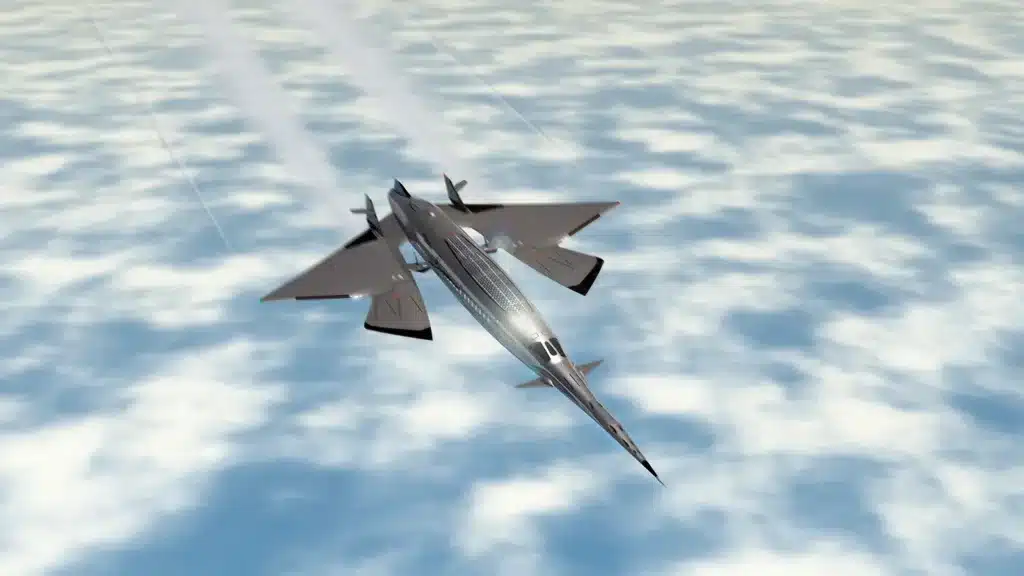
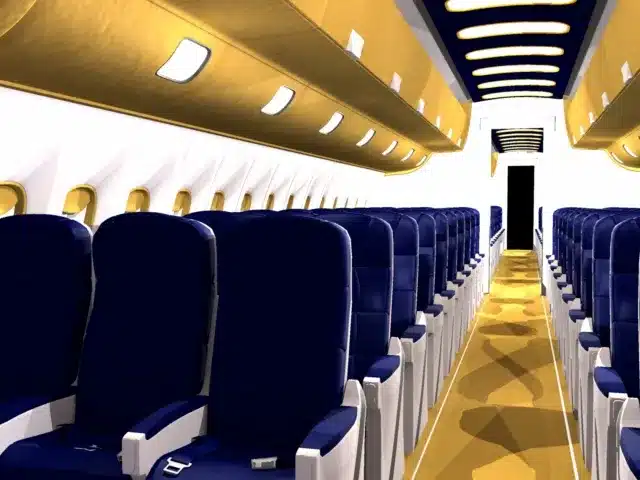
Concorde was the the world’s last commercial supersonic jet and was retired in 2003.
The design’s name comes from the shape of the aircraft, as Viñals explains.
“The fuselage would have the shape of a ‘big sting’ with a very sharp ‘nose’,” he said.
“That would have the function to control the front airflow, in order to redistribute it over the central part and over the wings.”
While other concept planes favor style and eco-credentials – speed and power are most important in Viñals’ vision.
So how does a nuclear-powered plane actually work?
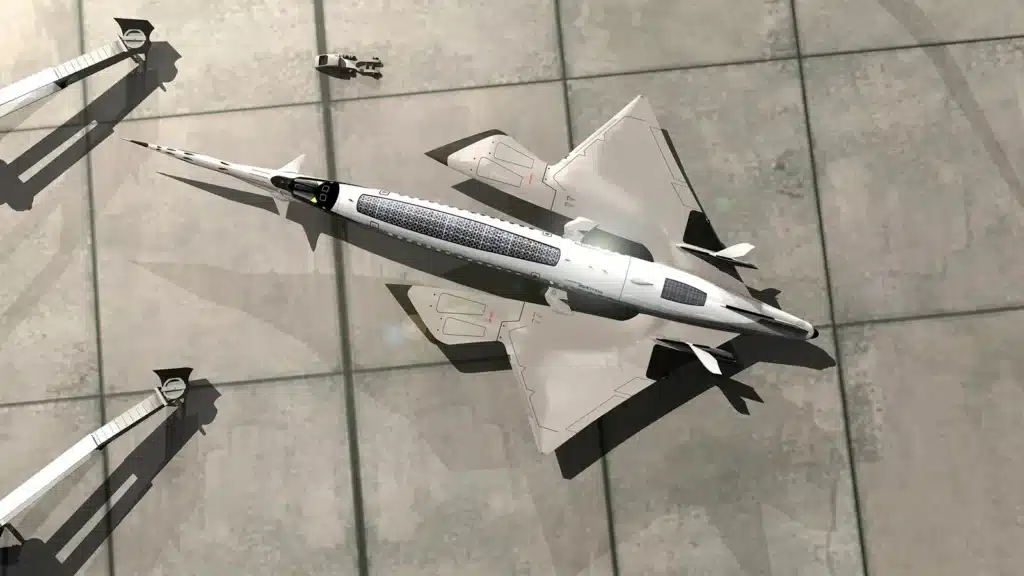
It has two ramjet engines, powered by a small, but mighty nuclear reactor to propel the jet to its unbelievable speeds.
However, for the moment it it set to remain a theoretical concept because the cold-fusion nuclear reactor needed doesn’t exist yet.
This innovative system would enable a Mach 3.5 capability.
Mach is the ratio of the speed of a body to the speed of sound.
Mach 1 is the speed of sound and Mach 2 is twice the speed of sound.
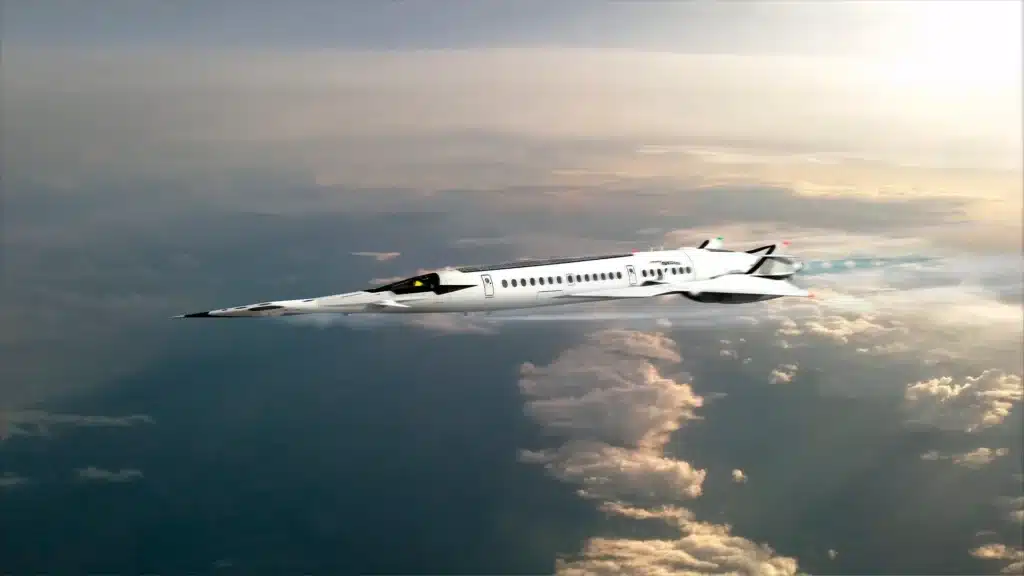
Mach 3.5 is enough to power these two ramjet engines or four next-gen hybrid turbojets.
“Concorde was a brilliant piece of machinery, a noble experiment, but it put too many emissions in the environment, too much noise into our communities, and was too expensive to operate,” Viñals said.
“Today, there are some projects for a new era of supersonic flights from different private and public initiatives, some of those are well underway and could become in a few years a real concept.
“Supersonic flights will return, but in this case due to some very innovative systems, like the cold fusion reactor, the date of a possible production, would be over 2030 and the cost would not be cheap.”
